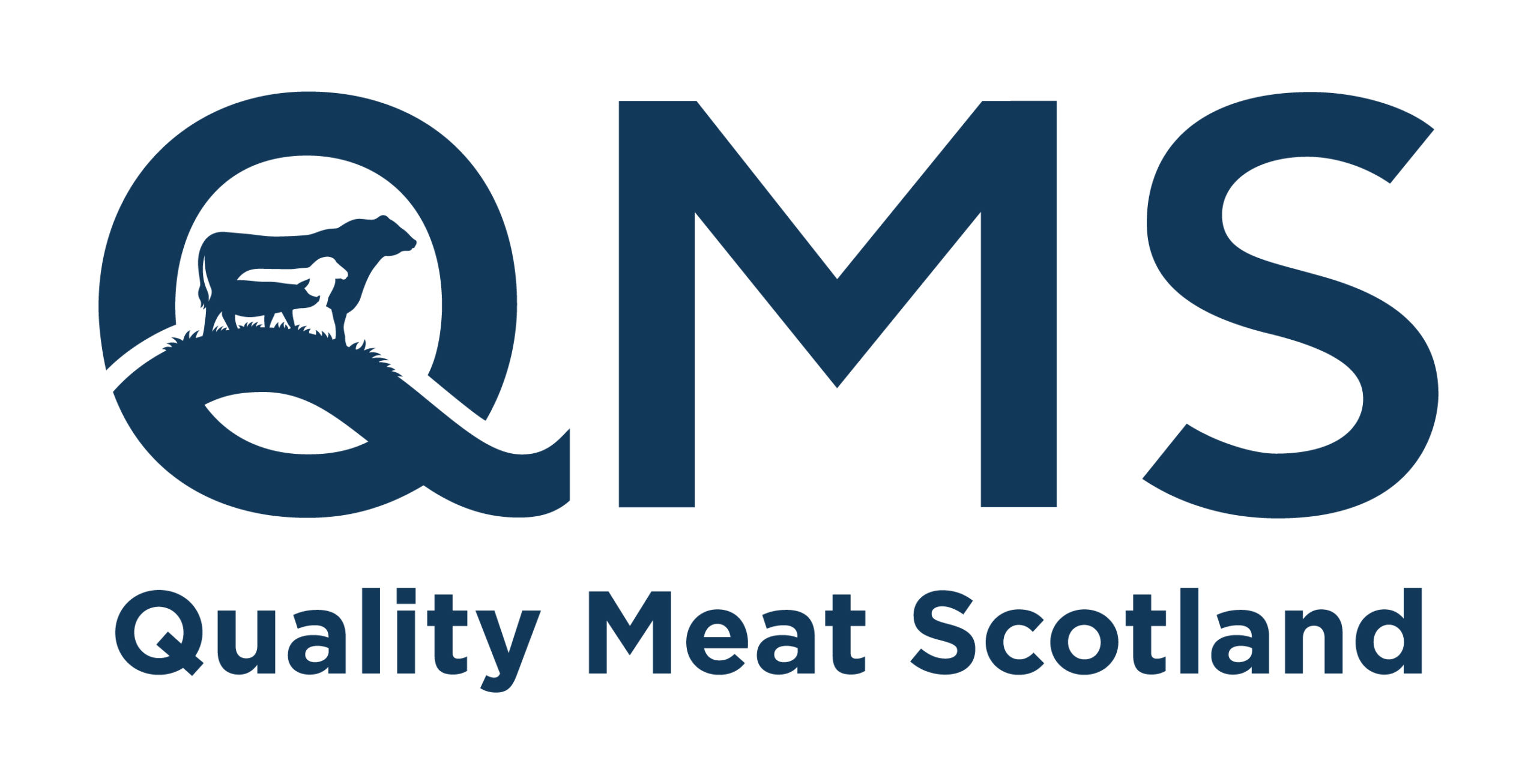As September began, the GB Standard Pig Price (SPP) came within a fraction of the £2/kg dwt mark having posted a 29th consecutive weekly increase, according to the latest market commentary from Quality Meat Scotland (QMS). Over this period, prices have rebounded by 45%, moving 28% above last year and the five-year average.
Nevertheless, QMS Market Intelligence Manager, Iain Macdonald says it should be noted that production costs are estimated to have remained well above current farmgate price levels, maintaining a long-running margin squeeze which began in late 2020.
Meanwhile, although carcase weights have slipped behind year earlier levels for the first time since March 2020, they are increasing again, along with the proportion of standard carcases weighing over 104.9kg.
“In the nine summers since the SPP was introduced in 2014, this is only the third time that prices have trended higher in August, the other two years being 2016 and 2019, when a shortage of pork in China drove the global pork market higher.
“This year it has come despite a large increase in UK pigmeat supply during the first seven months, with higher exports to the EU unable to offset a reduction in trade with China, the impact of higher carcase weights on domestic production and increased imports,” highlights Mr Macdonald.
As we move into the autumn, while pig slaughter numbers tend to rise seasonally at GB level, there is some expectation of tighter pig supply than last year, driven by a reduction in the pig herd in response to the severe pressure on producer finances.
“Unfortunately, we have not had pig census results for Scotland since June 2021, but English census results can at least provide some indication of the situation at GB level. By December 2021, England’s sow herd was already showing a year-on-year decline of 7%, but this had accelerated to 17% by June 2022, with fattening pig numbers going from an 11% year-on-year increase last December to a 1.4% decline by June 2022,” explains Mr Macdonald.
After a small increase in slaughter of 1% above 2021 levels during the first half of 2022 at GB abattoirs, there was a 4% decline through July and August combined. However, an ongoing labour supply challenge may have also factored.
While the pace of price upturn slowed in GB, the EU average grade E carcase price rose by 9% in seven weeks, although a forecast for Germany suggests that the market is levelling off again.
EU prices have reached 183p/kg, meaning a 9.5% price lead for the GB SPP, down from 20% at the beginning of August and 32% a year earlier. EU slaughter numbers declined by 3% in the first half of 2022 and are expected to tighten further given that the EU Commission is forecasting a 5% decline in EU pigmeat production in 2022. “This could limit competition from cheap imports this autumn,” Mr Macdonald states.
Market prices have been holding up in both the UK and EU despite challenges in exporting pork to China. According to the EU Commission, combined EU and UK export volumes to China contracted by 60% in the first half of 2022, only partially offset by growth to other markets, including the Philippines, Japan, Korea, Australia, the USA and Ukraine. Indeed, overall exports to destinations outside the EU and UK trade area fell by 25%.
In China, pig and pork prices jumped higher between June and July and have started to increase again in September as the mid-autumn festival and Chinese National Day holidays approach. While Ministry of Agriculture data points to a strong year-on-year increase in pork production of 8% in the first half of 2022, breeding sow numbers were down 5% year-on-year in July and slaughter fell back, 3.5% below 2021.
“Meanwhile, with imports down 65% on 2021 and exports rising, overall market supply is likely to be tightening,” highlights Mr Macdonald.
As a result, the Chinese Government is releasing pork from the national reserve in an attempt at limiting price inflation. At wholesale markets, pork prices have approached 31 yuan/kg and £3.85/kg, compared to around 21 yuan/kg (£2.50/kg) in the first half of June. For pig producers, farmgate prices are approaching 23 yuan/kg (£2.85/kg).
“Although covid-19 control measures may be making it harder to access the Chinese market, there will still be significant opportunities for exporters that are shipping to customers there,” maintains Mr Macdonald.
Tight supply has also been a feature of the pork market in the US, with production in the year-to-date running 3% lower than in 2021. While pig prices have fallen back sharply from the peaks reached in August, they are still 10% higher than last year. Having recently been trading at a significant premium to GB farmgate prices, the US barrows and gilts price has fallen below the GB SPP in September, equivalent to 185p/kg.
Farmgate prices have also risen in Brazil and Canada this year, but to a lesser extent and they are currently trading well below GB levels, at around 140p/kg. In autumn 2021, prices in both countries had tended to run higher than in the US and EU. As of July, the USDA was also expecting supply to tighten in Brazil and Canada this year.
“While supply has been falling this year in many large producing nations with producer margins squeezed by sharply higher feed costs, the OECD-FAO Agricultural Outlook has forecast that global consumption will continue to recover from the African Swine Fever Shock of 2019 and 2020.
“Given that household finances are also coming under pressure across large parts of the world, and that pork tends to be a more affordable protein, expectations of firm demand are unsurprising. By 2031, global pork consumption is projected to be 7% higher than in 2022,” concludes Mr Macdonald.

